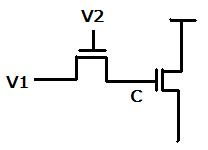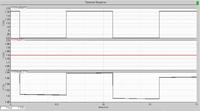What is the Voltage at Floating node ??
- Thread starter MammPp
- Start date
Similar threads
-
What is the minimum voltage change I can measure with a 6.5-digit multimeter?
- Started by strahd_von_zarovich
- Replies: 14
-
How does an ideal op amp amplify a voltage input when the voltage difference is zero
- Started by newbie_hs
- Replies: 4
-
-
the input reference noise voltage is larger than VDD
- Started by elonjia
- Replies: 3





